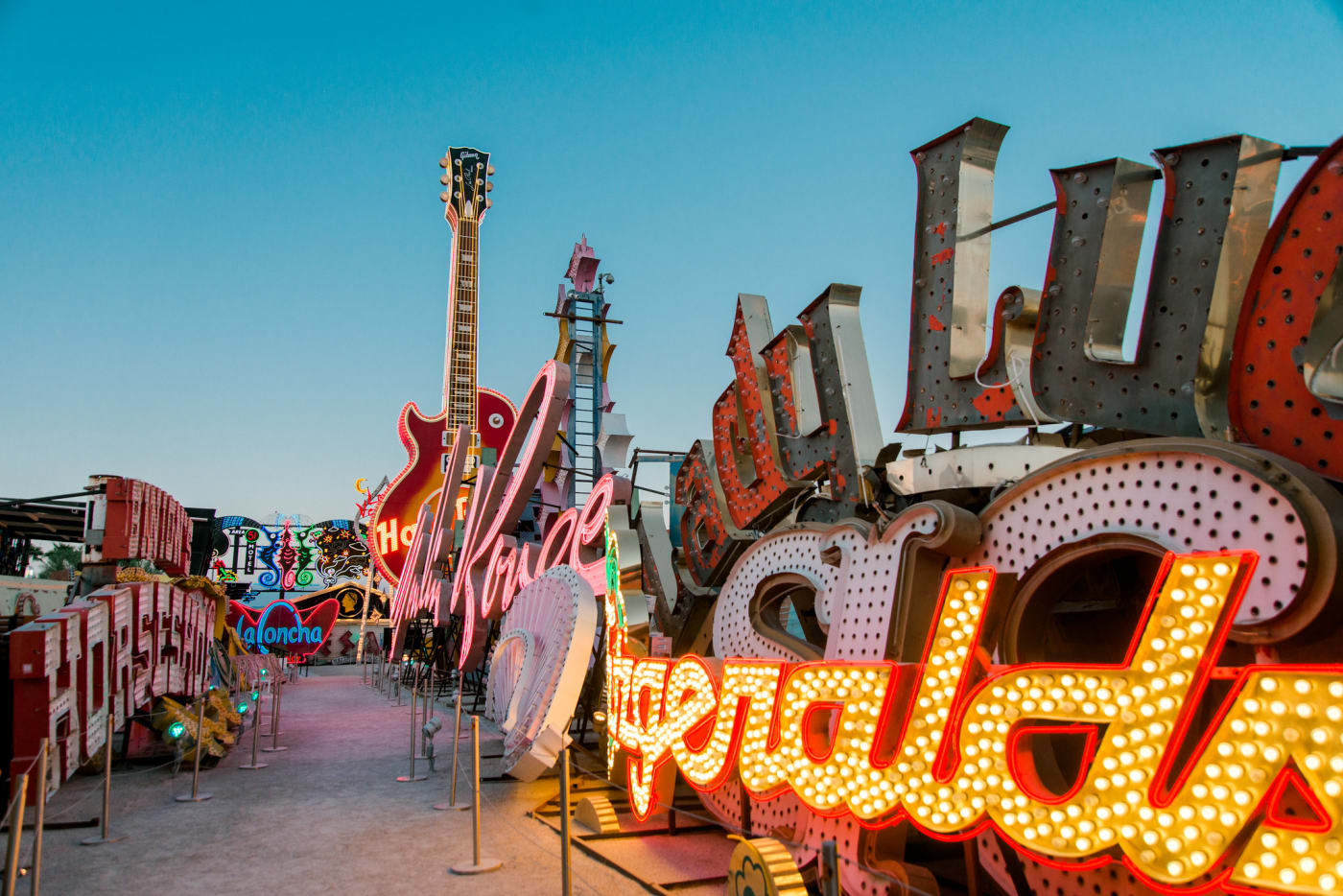El Cortez Hotel & Casino

Please position yourself near the El Cortez Hotel & Casino signage, opposite the Moulin Rouge Hotel sign.
Casino entrepreneurs John Grayson and Marion Hicks arrived to Las Vegas in the late 1930s from Southern California. To further stimulate the booming economy following the legalization of wide-open gambling in 1931, the repeal of Prohibition in 1933, and the completion of the Hoover Dam in 1936, the Las Vegas City Commission granted the duo liquor and gambling licenses under the agreement that they would develop a new property in the downtown area. Together, they developed and opened the El Cortez Hotel & Casino in 1941, which is still operational today.
While defining their vision for the El Cortez, Grayson and Hicks sought inspiration in Baja California, Mexico, where they were struck by the design of the Hotel Playa Ensenada and its Spanish Colonial Revival style. The duo recruited freelance draftsman Ramon Delfin Abos, a Los Angeles-based contractor of Spanish-Peruvian descent, based on his willingness to work far below the price of his competitors. Abos’ approach to the El Cortez’s Spanish Colonial Revival design shares architectural elements of Mexican Churrigueresque, New Mexico pueblos, and California Missions, defined by their low, clay-tiled roofs, stucco exteriors, and wide-open terraces. Keeping with this typology, the El Cortez also features terra cotta ornamentation and decorative iron trims.
Spanish Colonial Revival has its roots in Spanish imperialism, with many of its motifs and materials deriving from cultures that were being conquered by the Spanish and subsequently exploited.








